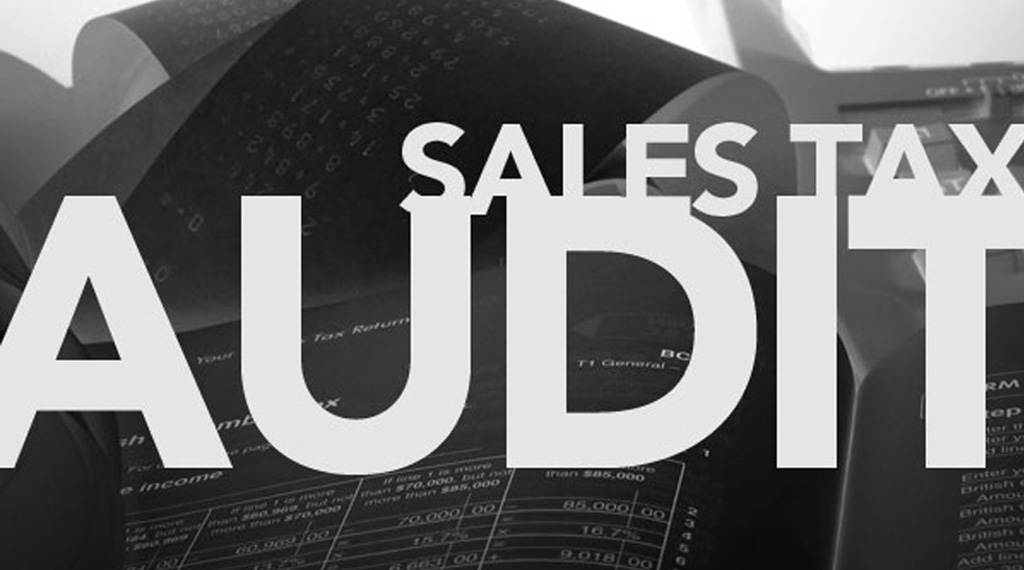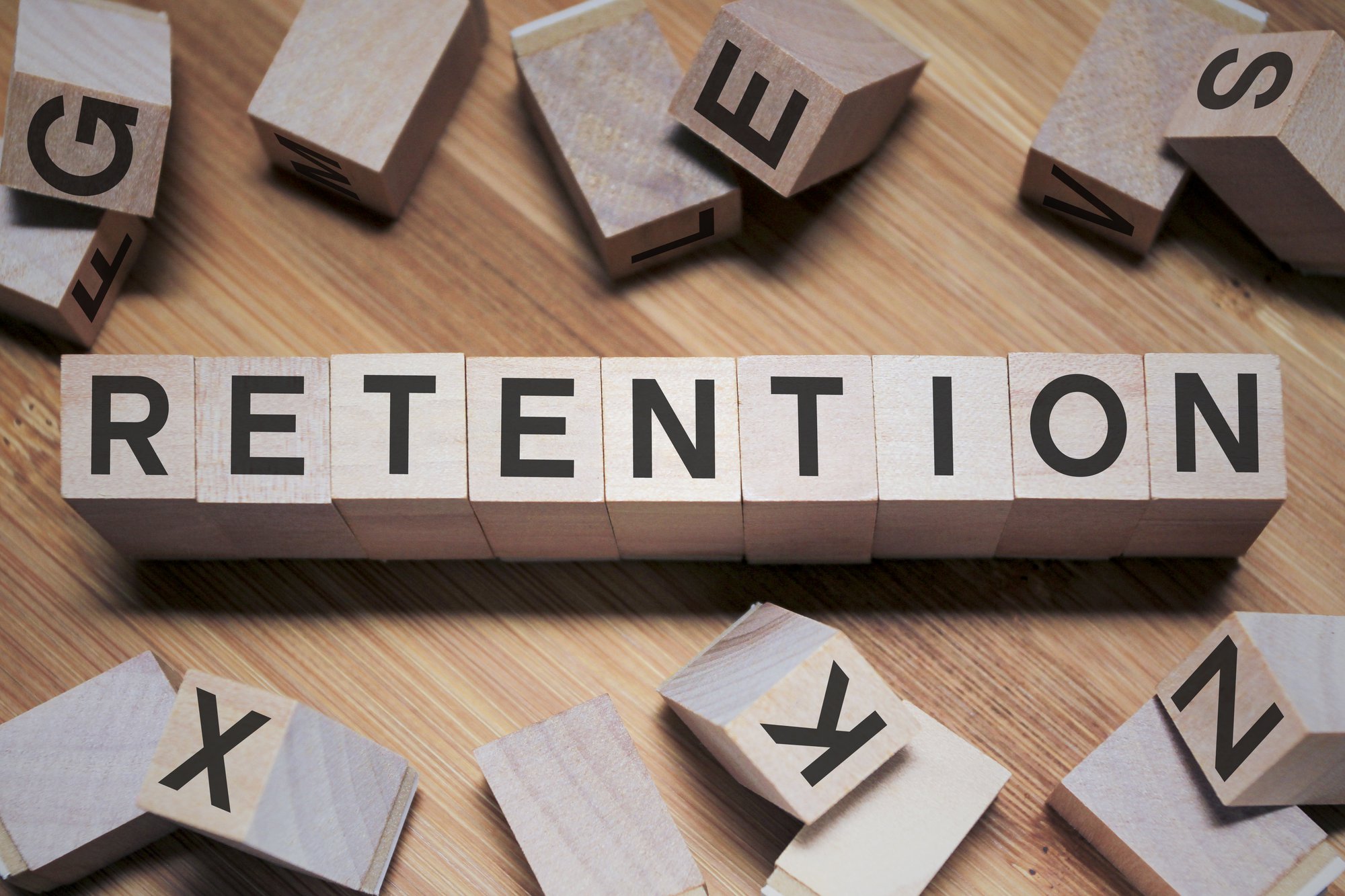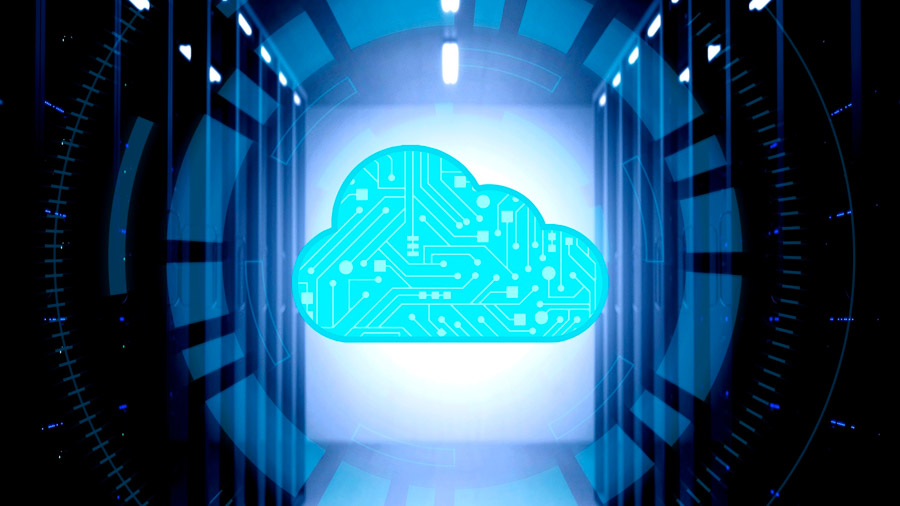
How to avoid tax audit disasters with print-and-archive
I was recently talking to a major distributor who had just gone through a tax audit nightmare. The taxes in question vary based on the location to which the goods were shipped. What should have been a straightforward audit turned into a complex, expensive process because in many cases the customer shipping addresses had changed over time, and the distributor’s ERP system, like most such systems, kept no historical records of those old addresses, so they could not guarantee that the invoices they generated for past shipments showed the actual shipping location.
Like most distributors and retailers, their shipping process is highly streamlined. They receive an order, generate the invoice and shipping label, and ship the product through their ERP system. When customers call in address changes, the new address is entered, from that point, every time you print any old invoice, prints with the new address. The old address is literally wiped from the distributor’s records.
This all works fine and ensures that the right invoices and products are shipped to the right location. But when the auditors arrived, they quickly discovered that they could not be sure of where anything had been shipped to in past years. The problem is that many taxes, including U.S. sales tax and European VATs, vary by geographic region. But generating a duplicate invoice for a transaction from a year ago would show the customer’s present address, not necessarily the address last year. Eventually, they had to restore data from old backup tapes to discover the old shipping addresses of customers. What should have been a fairly straightforward audit turned into an expensive mess!
The problem is that everything – customer name, address, VAT or U.S. sales tax registration number, all can change at any time. Few ERP systems capture changes to their master records. An invoice is a legal document that is important not just in avoiding tax audits but in lawsuits and other legal actions. It should be immutable, but in fact, companies that depend on their ERP will often be unable to guarantee that a copy of a historic invoice is correct.
How can you solve this problem? The answer is print and archive when you generate an invoice, achievable with the Solix virtual printer on the Solix Common Data Platform (CDP). This creates an immutable copy of the original invoice that is accessible and acceptable in an audit or other legal action. This can make your life much easier when the taxman calls.



